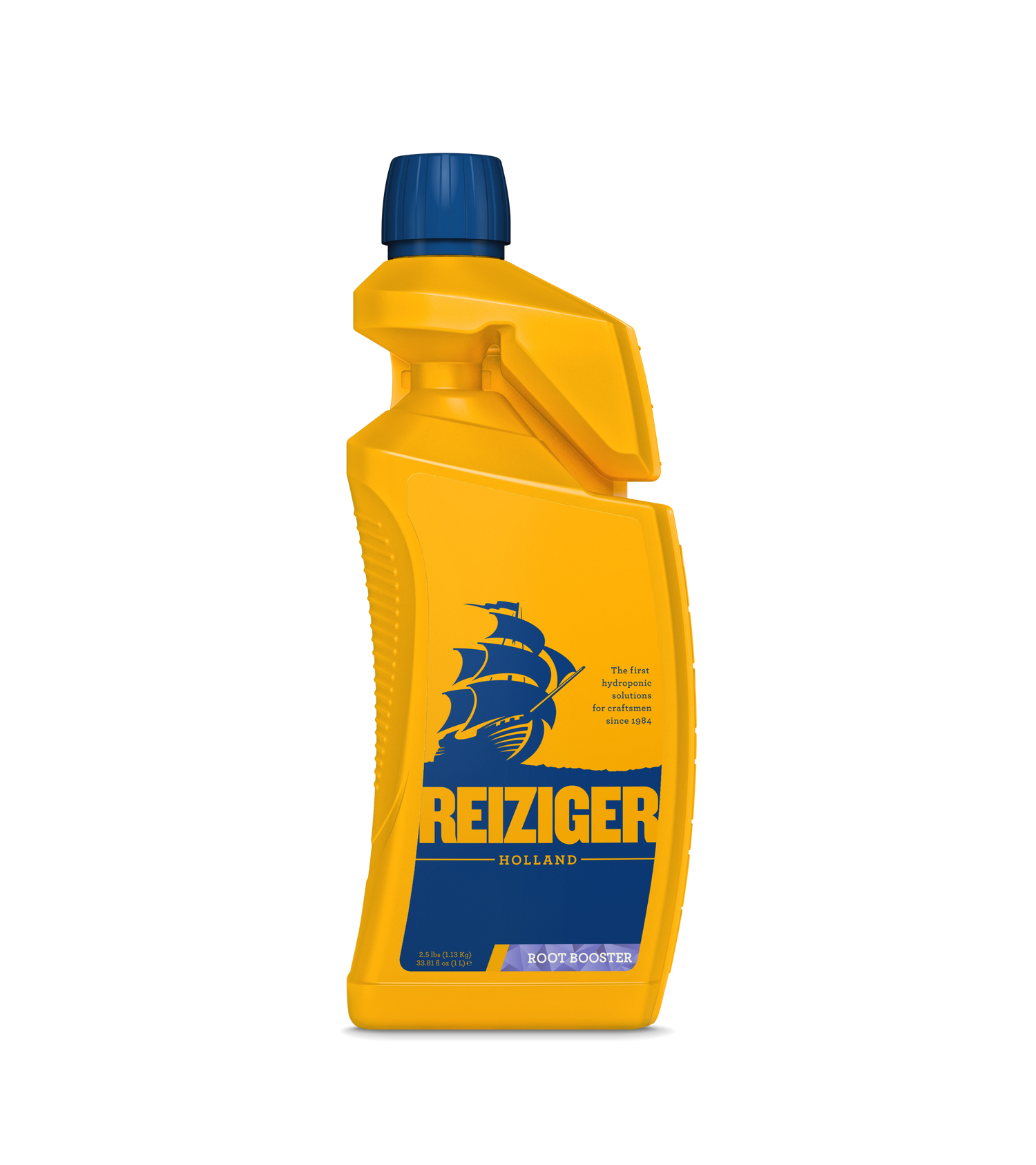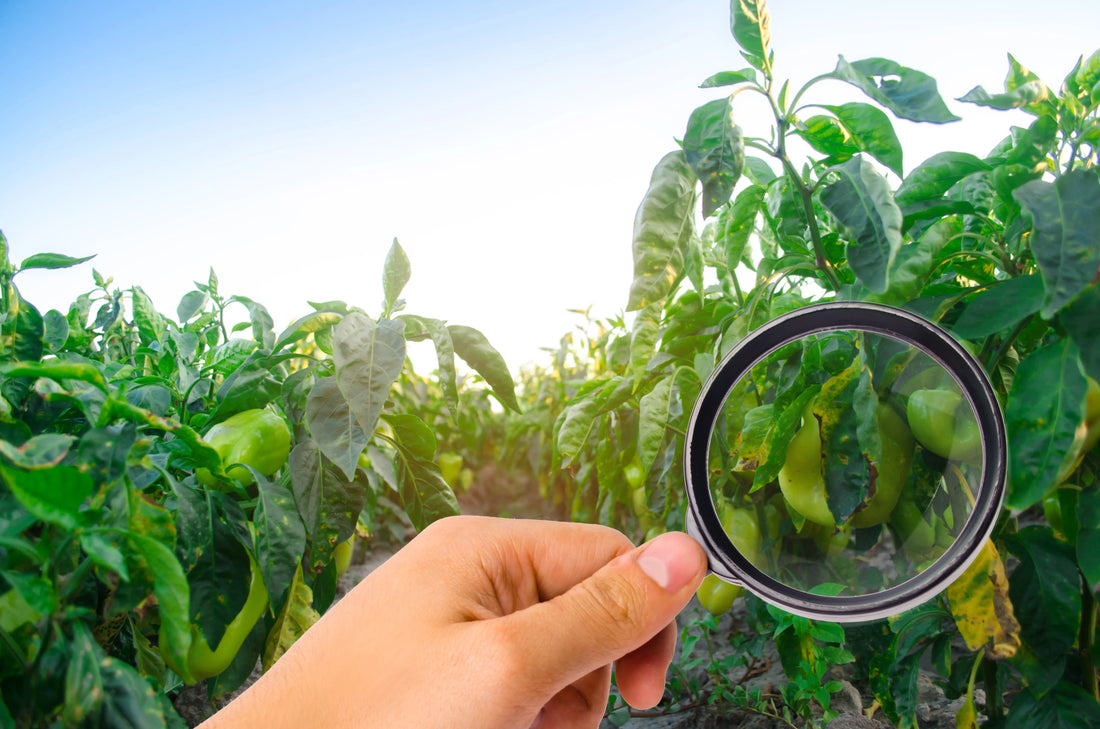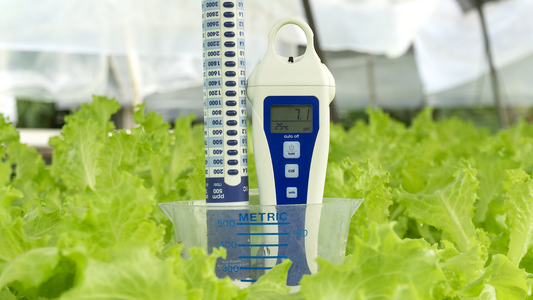Enhanced Pest Management in Hydroponic Systems
One of the notable advantages of hydroponic gardening is the reduced risk of pests and diseases. Growing plants indoors in a controlled environment allows for more efficient pest management. However, it's crucial to remember that no system is completely impervious to these tiny invaders.
In hydroponics, where greenery flourishes, pests are inevitably drawn. In the absence of natural competitors found in traditional gardens, even a minor pest issue can escalate quickly in a hydroponic setup if not addressed promptly.
Below are six common pests encountered in hydroponic gardens and strategies for effective natural pest control.
Aphids in Hydroponics
Aphids are a significant concern in hydroponics due to their fast reproduction rates and ability to spread plant diseases. They thrive especially on plants overfed with high-nitrogen synthetic fertilizers. Combat aphids effectively with insecticidal soap or introduce natural predators like ladybugs into your hydroponic system.
Controlling Spider Mites
Spider mites, known for their protective webs, can rapidly infest hydroponic plants, causing leaf damage. Maintaining high humidity can deter them, while targeted applications of neem oil and wettable sulphur can control and prevent infestations.
Whitefly Management
Whiteflies can drain your plants' vitality and promote mold growth. Non-chemical methods like sticky traps, neem oil, and parasitic wasps are effective against whiteflies. Regularly check for and remove their eggs from the leaves to prevent proliferation.
Thrips in Hydroponic Gardens
Thrips damage can be identified by discolored leaves and distorted new growth. Manage thrips with pyrethrum or neem sprays and physically block root access with plastic covers. Removing their eggs from plant surfaces is also a crucial step in controlling their population.
Mealybug Strategies
Mealybugs, with their distinctive appearance, can be challenging to eradicate due to their protective shells. Target younger generations with pyrethrum, and use alcohol swabs to remove adults. Avoid overwatering and over-fertilizing as these conditions are conducive to mealybug infestations.
Fungus Gnat Prevention
While adult fungus gnats are relatively harmless, their larvae can severely damage plant roots. Preventative measures include algae treatments and removing decaying plant matter. Use sticky traps, neem oil, insecticidal soap, and pyrethrin for adult control, and consider hydrogen peroxide for larvae, ensuring proper dilution to avoid plant damage.
Proactive Pest Prevention in Hydroponics
Prevention is key in hydroponic pest control. Maintain strict hygiene, avoid introducing outdoor gardening tools into your hydroponic space, and secure potential entry points with insect-proof netting. Act swiftly at the first sign of infestation, as insect populations can multiply rapidly.
Incorporating these pest control strategies can significantly enhance the health and productivity of your hydroponic garden. Remember, consistent monitoring and early intervention are vital in maintaining a pest-free hydroponic environment.




